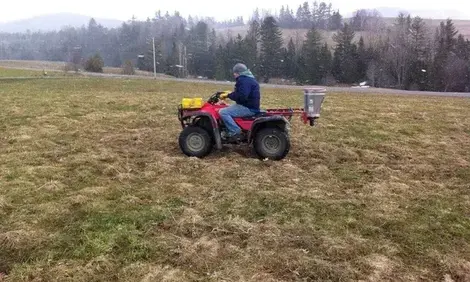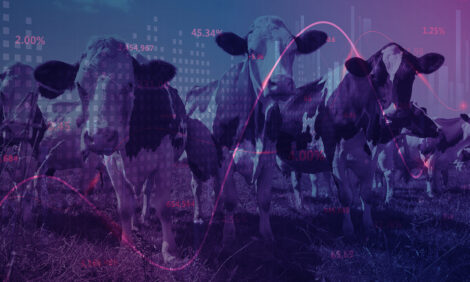



Schmallenberg virus: Farmers Urged To Be Vigilant
EU- Schmallenberg virus is a relatively new virus which has been found in cattle, sheep and goats in the Netherlands and Germany. Even though the disease is still emerging, farmers are being advised to stay vigilant and take caution when importing animals from affected areas, writes Lucy Towers, TheCattleSite Newsdesk Assistant. Schmallenberg virus gets its name from the German, Winterberg, where the virus first occurred in cattle in November. After testing ruled out various other illness's, the orthobunyavirus (Schmallenberg virus) was identified by metagenomic analysis and virus isolation of infected cattle in Germany.
So far, research has defined that the virus is spread by insects, mainly flies/ midges, but the dominant species spreading the virus are still unknown.
Only last week the OIE reported that the Netherlands has had 39 outbreaks in sheep across the country since mid December, resulting in 164 cases with a 100 per cent fatality rate. It is therefore important that farmers and vets remain vigilant and are aware of the clinical signs.
Despite having no outbreaks, the UK is already monitoring the situation.
Clinical symptoms
- fever
- reduced milk yield
- loss of appetite
- loss of condition
- diarrhoea
Carl Padgett, President of the British Veterinary Association, said: “Farmers and vets should be extra vigilant where ruminants have been imported from the affected areas. The symptoms described in adults are quite generic but this disease seems to affect a few animals, not just one."
“AHVLA is now looking for reports of signs in newborn ruminants and aborted foetuses of limb or brain defects such as arthrogryposis, jaw deformations and torticollis, and ataxia, paralysis and blindness. They are particularly interested if these offspring were born to animals where there is a history of importation from the infected areas in northern Europe.
“Any suspect signs should be reported to the local AHVLA or SAC laboratory.
The Dutch Food and Consumer Product Safety Authority (NVWA) is also urging farmers to look out for signs of the disease in their cattle and sheep, where many farmers have reported that their calves and lambs have been born with deformities.
The NVWA also noted that it is unlikely that the virus is of harm to human health, however it cannot be ruled out. The European Centre for Disease Prevention and Control also agreed with this saying that the harm to human health is unlikely as similar orthobunyaviruses have never caused disease in humans.
Further Reading
| |
- | Find out more information on Schmallenberg by clicking here. |
TheCattleSite News Desk


